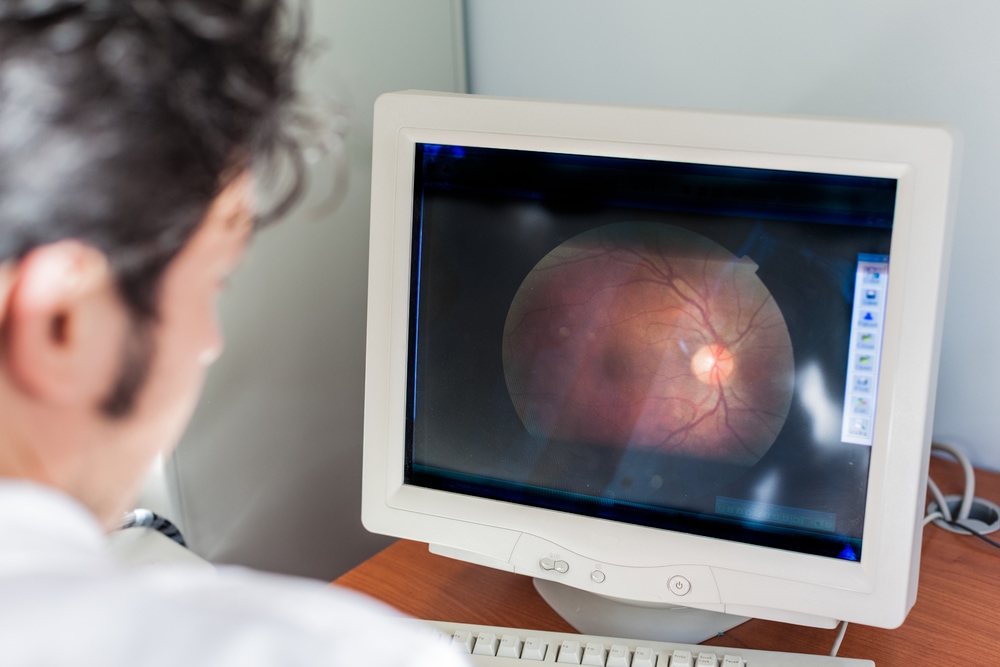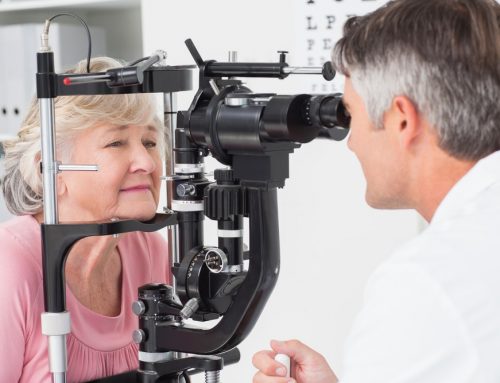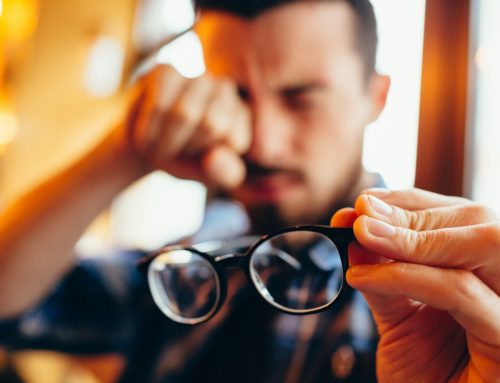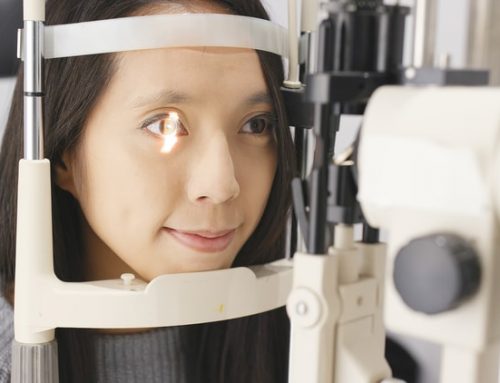
A retinal vein occlusion is a sudden onset condition which can lead to permanent blindness. It happens when a vein in the retina gets blocked, causing pressure in the eye. This, in turn, can lead to bleeding, swellings or fluid leaks.
A mild retinal vein occlusion can lead to blurred vision or partial permanent loss of vision. In other words, such an occlusion does not necessarily lead to total loss of eyesight.
In either case, if this happens you should see a specialist as soon as possible, and preferably within 24 hours. While there is no treatment that will unblock the retinal veins, remedial action is possible to protect your vision.
Retinal vein occlusion may also be referred to by other names. These include central retinal vein occlusion, branch retinal vein occlusion, and blurry vision – retinal vein occlusion.
What causes retinal vein occlusion?
A retinal vein occlusion occurs when a blood clot blocks a vein in the retina. This can lead to bleeding, swelling and loss of vision within a very short time. The hardening of arteries in elderly people can also cause the condition. A hardened artery can press against a vein in the eye. This can cause it to narrow, making a blood clot more likely.
Those most at risk of having a retinal vein occlusion are people with a blood clotting disorder. Those suffering from hypertension, high blood pressure or diabetes, especially the elderly, are also at significant risk. Anyone who has had a stroke would also be at risk. Other risk factors include smoking, being overweight, and glaucoma.
Have you ever seen occasional lightning streaks or flashes of light in your field of vision? If so you should see your doctor immediately!
Signs or symptoms of retinal vein occlusion
Vein occlusion tends to happen in one eye – at least at first. If smaller blood vessels in the eye get blocked, you may not even notice you have the condition. Normally, however, your vision would become blurred, or you would lose some or all your sight in the affected eye.
Other symptoms are seeing dark spots or feeling pain in the eye.
What your doctor will do
An eye specialist may dilate your eye by putting drops in it to make the retina more visible.
He or she may use an ophthalmoscope to check for signs of blockage or bleeding.
The specialist may decide to run a fluorescein angiography test. This involves injecting a dye into your arm, and then taking pictures of your eye as the dye flows through it. This method can detect fluid leaks in your blood vessels.
Another possible test is called optical coherence tomography. After dilation of the eye, a machine scans your eye to get a detailed image of your retina.
Treatment
Since retinal vein occlusion cannot be reversed, treatment focuses on protecting your remaining vision. Action and advice to prevent further attacks can also be taken.
Treatments include eye massages, glaucoma medication, injections, laser therapy and laser surgery.
An ocular eye massage can lower eye pressure, as can glaucoma medication.
Injection of a drug called anti-vascular endothelial growth factor can help reduce swelling. Another alternative is steroid injections in the eye (a pain-numbing drug is administered beforehand).
Lasers can be used to seal off blood vessels in the eye. If a macular edema is present your doctor may recommend focal laser treatment.
Another option where there is a growth of new blood vessels in the eye is laser surgery. The aim here is to make tiny burns on the retina to stop discharges from veins. While these treatments may be helpful, there is no guarantee of success.
Prevention
Prevention is a major part of treatment since the condition is usually brought on by things that can be controlled. These include high blood pressure, cholesterol and blood sugar levels. Your doctor may prescribe medication to counter these ailments. He or she may also prescribe aspirin to help thin the blood.
Retinal vein occlusion is a sign that you have blood vessel problems. Therefore, your doctor is likely to recommend eating a low-fat diet, taking regular exercise and maintaining a healthy weight. Such measures will help decrease the risk of retinal vein occlusion. Don’t hesitate to contact us for further information.






